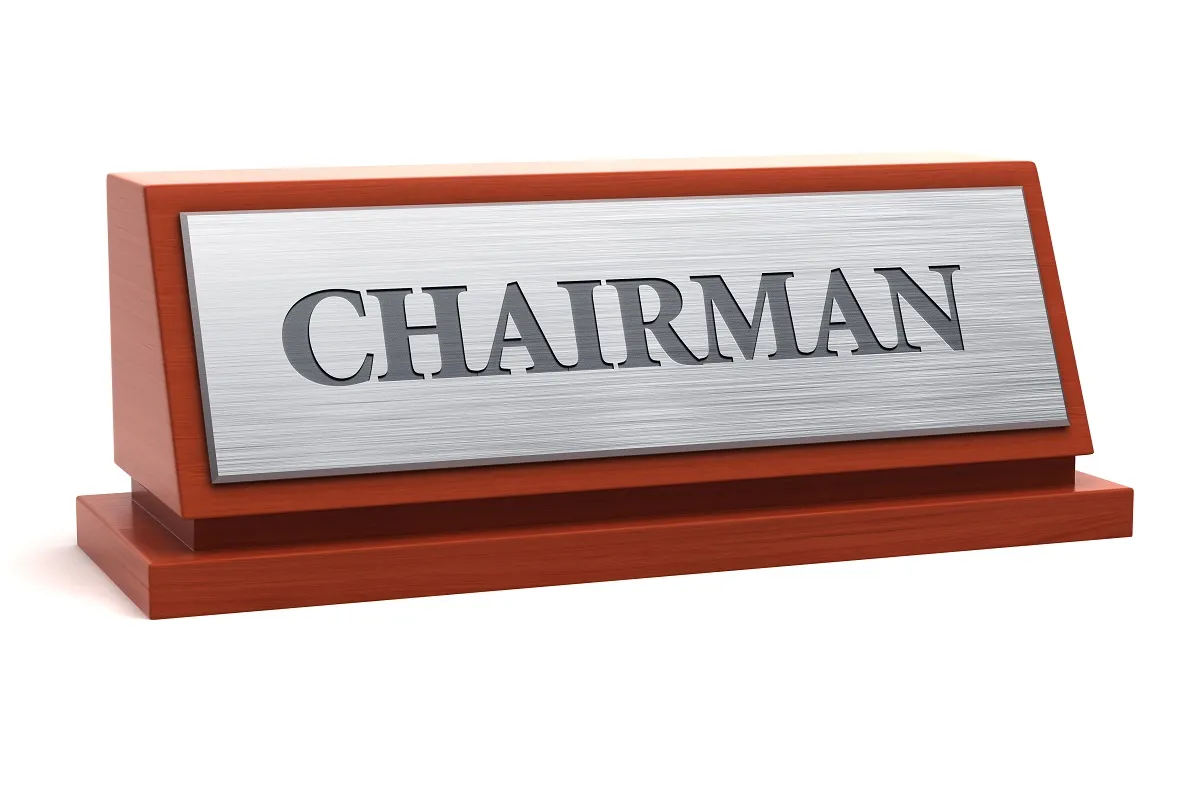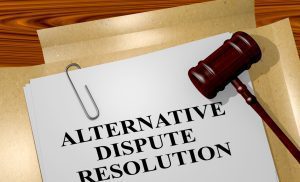Introduction
I recently had a discussion with a managing agent on the role of the chairperson in general meetings of the body corporate (“AGM meetings”). There is often confusion regarding the chairperson’s powers and responsibilities in this regard. In this article I will set out the chairperson’s role in this regard.
What does the legislation provide in regard to the chairperson
Nomination, election and term of office of the chairperson
PMR 12(1) states that if a body corporate consists of only two (2) members, the provisions in these rules in regard to the election and functions of a chairperson do not apply.
PMR 12(2) sets out that from the establishment of the body corporate until the end of the first general meeting, the developer or the developer’s nominee is the chairperson of the trustees.
PMR 12(3) states that at the commencement of the first meeting of trustees after an AGM at which trustees have been elected and whenever else necessary, the trustees must by majority vote elect a chairperson from among their number.
Term and removal of a trustee
PMR 12(4) provides that the chairperson of the trustees holds office as such until the end of the next AGM.
PMR 12(5) states that the trustees at a trustees’ meeting or the members at a general meeting may remove the chairperson from office if notice of the meeting contains a clear statement of the proposed removal, and provided that such removal does not automatically remove the chairperson from the office of trustee.
PMR 12(6) provides that if a chairperson is removed from office as such or ceases to hold office as a trustee, the remaining trustees must elect a replacement chairperson from among their number, who then holds office as chairperson for the remainder of the period of office of his or her predecessor and has the same voting rights.
PMR 12(7) sets out that if the elected chairperson vacates the chair during the course of a trustee meeting, is not present, or is for any other reason unable or unwilling to preside, the trustees present must choose another chairperson from among their number and that replacement chairperson has all the powers and functions of the chairperson while acting as such.
Chairing the AGM
PMR 18(1) provides that the chairperson of the trustees must preside as chairperson at every general meeting of the body corporate unless otherwise resolved by members at the meeting.
PMR 18(2) states that if there is no chairperson or the chairperson of the trustees is not present within fifteen (15) minutes after the time appointed for the meeting, or is unwilling or unable to act as chairperson, the members present must elect a chairperson for such meeting.
What are the responsibilities of the chairperson at the AGM
PMR 18(3) sets out that a chairperson must:
(a) maintain order, regulate the orderly expression of views and guide the members and other participants through the business of the meeting in accordance with the common law of meetings;
(b) ensure that all motions and amendments proposed are within the scope of the notice and powers of the meeting;
(c) ensure that the scheme’s rules, the minute books, and any other documents relevant to the items of business on the agenda are available at the meeting;
(d) act fairly, impartially, and courteously to all members and others entitled to attend the meeting;
(e) ensure that all members and other persons entitled to speak are able to express their views without unnecessary disturbance or interruption;
(f) adjourn the meeting, when it is not able to complete or continue with its business;
(g) make decisions on points of procedure;
(h) settle disputes by giving rulings on points of order; and
(i) surrender the chair to a temporary chairperson elected by the members for any period during which the chairperson wishes to engage in the debate of any item of business.
What is the chairperson prohibited from doing at an AGM?
PMR 18(4) provides that a chairperson at a general meeting must not:
(a) from the chair, attempt to influence members’ views on any item of business; or
(b) disclose in advance of a vote how the chairperson intends to vote on any item of business.
The fiduciary position of the chairperson
Section 8(1) of the Sectional Titles Schemes Management Act 8 of 2011 (the “STSM Act”) states that each trustee of a body corporate (including the chairperson) must stand in a fiduciary relationship to the body corporate. In very simple terms, “fiduciary relationship” means a relationship of the utmost trust. The chairperson must act honestly and in good faith, and in particular exercise his or her powers in terms of the STSM Act in the interest and for the benefit of the body corporate; and not act without or exceed those powers; and must avoid any material conflict between his or her own interests and those of the body corporate, and in particular not receive any personal economic benefit, direct or indirect, from the body corporate or from any other person; and notify every other trustee of the nature and extent of any direct or indirect material interest which he or she may have in any contract of the body corporate, as soon as such trustee becomes aware of such interest.
In circumstances where the chairperson acts in breach of their fiduciary position they will be liable to the body corporate for any loss suffered as a result thereof by the body corporate; orany economic benefit received by the trustee by reason thereof.
What happens when the chairperson has a personal interest in matters?
PMR 6(3) states that a trustee who has any direct or indirect personal interest in any matter to be considered by the trustees must not be present at or play any part in the consideration or decision of the matter concerned.
The chairperson’s casting vote
In terms of PMR 14(2) each trustee is entitled to one vote. In circumstances where all the deliberative votes of the trustees including that of the chairperson are tied, the chairperson has a casting vote (except where there are only two trustees). This casting vote is only applicable at trustee meetings. The chairperson does NOT have a casting vote at AGMs.
Conclusion
The chairperson plays a very important role in ensuring the smooth running of AGMs. It is important to note though that they have many additional responsibilities in this regard, but they are not empowered to sway votes or make ultimate decisions in the AGM.













